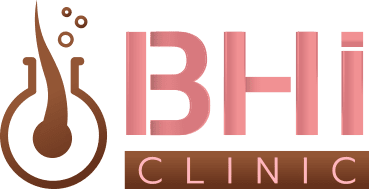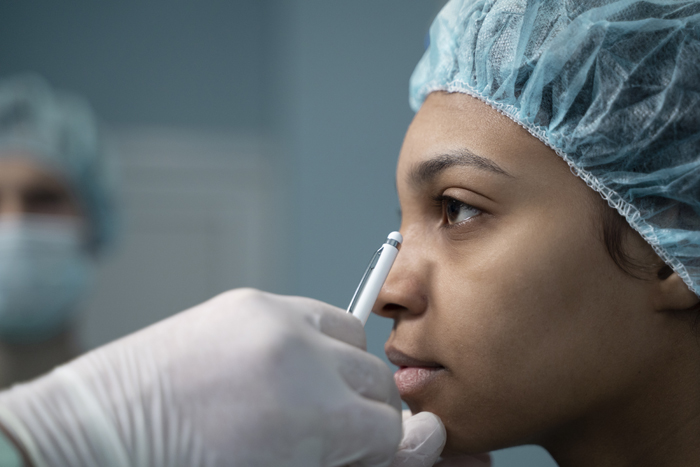Rhinoplasty, commonly known as a nose job, is a surgical procedure that involves reshaping or resizing the nose to enhance its appearance or improve its function. Here is some general information about rhinoplasty
Download Our Brochure
Download


Rhinoplasty, commonly known as a nose job, is a surgical procedure that involves reshaping or resizing the nose to enhance its appearance or improve its function. Here is some general information about rhinoplasty
It's important to note that individual experiences and outcomes may vary. If you are considering rhinoplasty, it's recommended to consult with a qualified and experienced surgeon to discuss your specific situation and goals.


